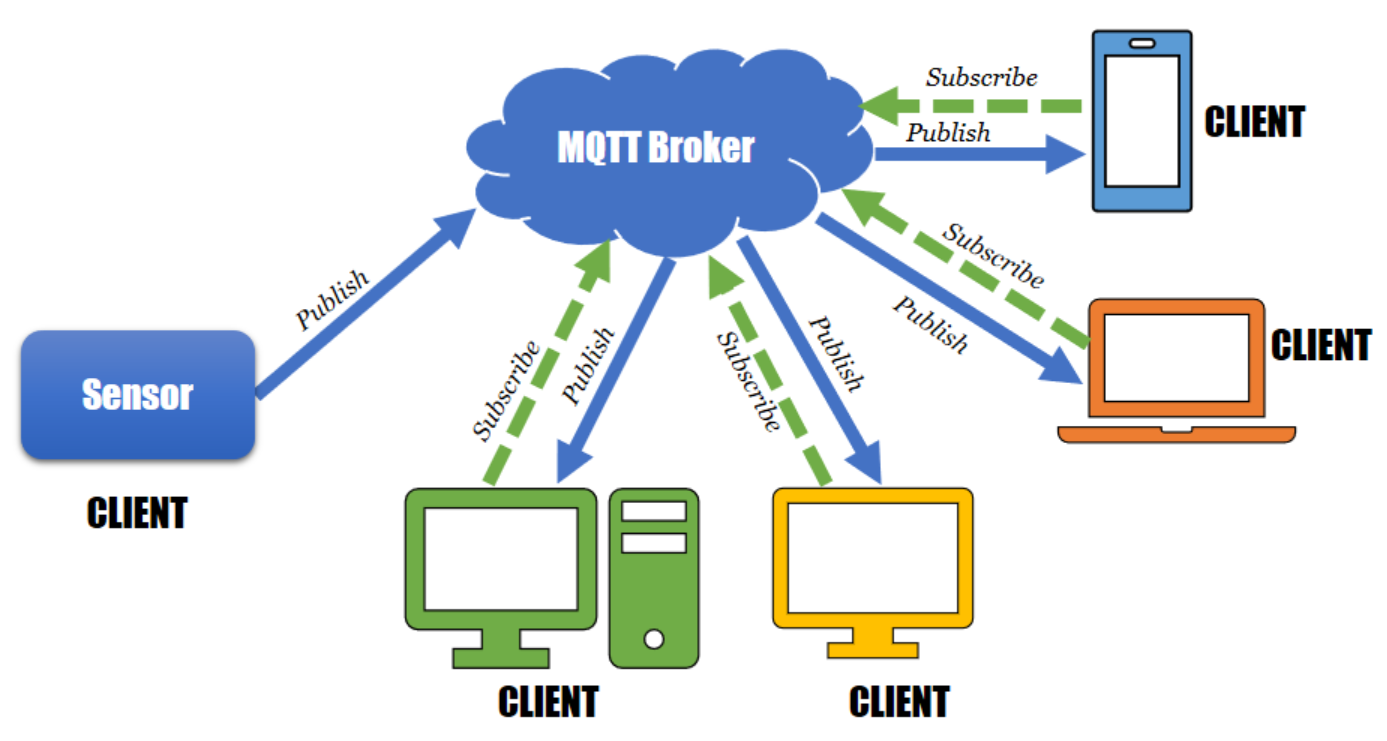The Future of Gaming- How Cloud Technology is Revolutionizing the Industry

The Rise of Cloud Gaming
The gaming industry has witnessed tremendous growth in recent years, with the global market projected to reach $190 billion by 2025. One of the key factors driving this growth is the emergence of cloud gaming technology. Cloud gaming allows users to play high-quality games on various devices without the need for expensive hardware, making it a game-changer for the industry.
What is Cloud Gaming?
Cloud gaming is a type of game delivery mechanism where games are hosted on remote servers and streamed directly to devices over the internet. This eliminates the need for users to download and install games on their devices, reducing the storage space required and enabling seamless gameplay across various platforms.
Benefits of Cloud Gaming
Cloud gaming offers several benefits, including:
- Cross-platform compatibility: Cloud gaming allows users to play games on any device with an internet connection, regardless of the operating system or hardware specifications.
- Instant access: Games can be accessed instantly, without the need for downloads or installations.
- Reduced hardware requirements: Cloud gaming eliminates the need for expensive hardware, making it accessible to a wider audience.
- Cost-effective: Cloud gaming services often offer subscription-based models, reducing the cost of gaming for users.
Key Players in the Cloud Gaming Market
Several key players have entered the cloud gaming market, including:
- Google Stadia: Google's cloud gaming platform offers a vast library of games and seamless gameplay across devices.
- Microsoft xCloud: Microsoft's cloud gaming service allows users to play Xbox games on any device with an internet connection.
- NVIDIA GeForce Now: NVIDIA's cloud gaming platform offers high-quality gaming on various devices, without the need for expensive hardware.
Challenges Facing Cloud Gaming
Despite its benefits, cloud gaming faces several challenges, including:
- Internet connectivity: Cloud gaming requires a stable and fast internet connection, which can be a challenge in areas with poor connectivity.
- Lag and latency: Cloud gaming can experience lag and latency, affecting the overall gaming experience.
- Game availability: Cloud gaming services often have limited game libraries, which can be a drawback for users.
The Future of Cloud Gaming
The future of cloud gaming looks promising, with advancements in technology and infrastructure expected to improve the overall gaming experience. Some of the trends that are expected to shape the future of cloud gaming include:
- Improved internet connectivity: The rollout of 5G networks and improved internet infrastructure is expected to reduce latency and improve overall connectivity.
- Artificial intelligence: AI is expected to play a key role in cloud gaming, enabling personalized game recommendations and improved game development.
- Virtual and augmented reality: Cloud gaming is expected to integrate with VR and AR technologies, offering immersive gaming experiences.
In Conclusion
Cloud gaming is revolutionizing the gaming industry, offering a convenient, cost-effective, and high-quality gaming experience. While it faces challenges, the future of cloud gaming looks promising, with advancements in technology and infrastructure expected to improve the overall gaming experience. As the industry continues to evolve, one thing is certain – cloud gaming is here to stay.










Comments ()